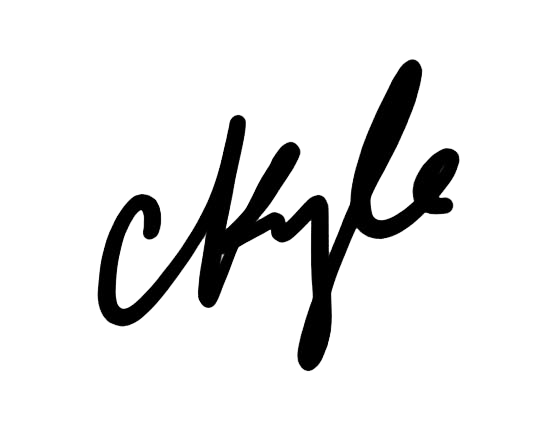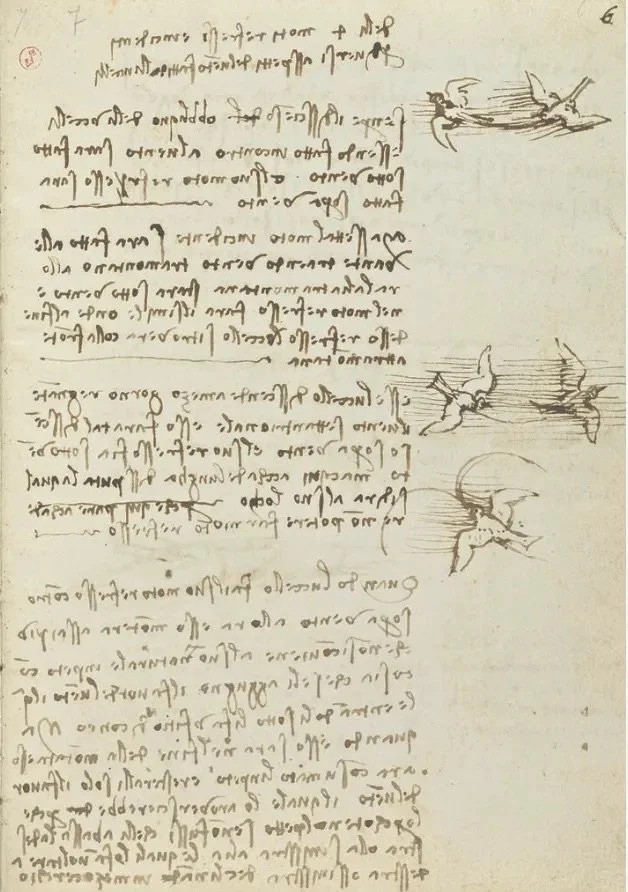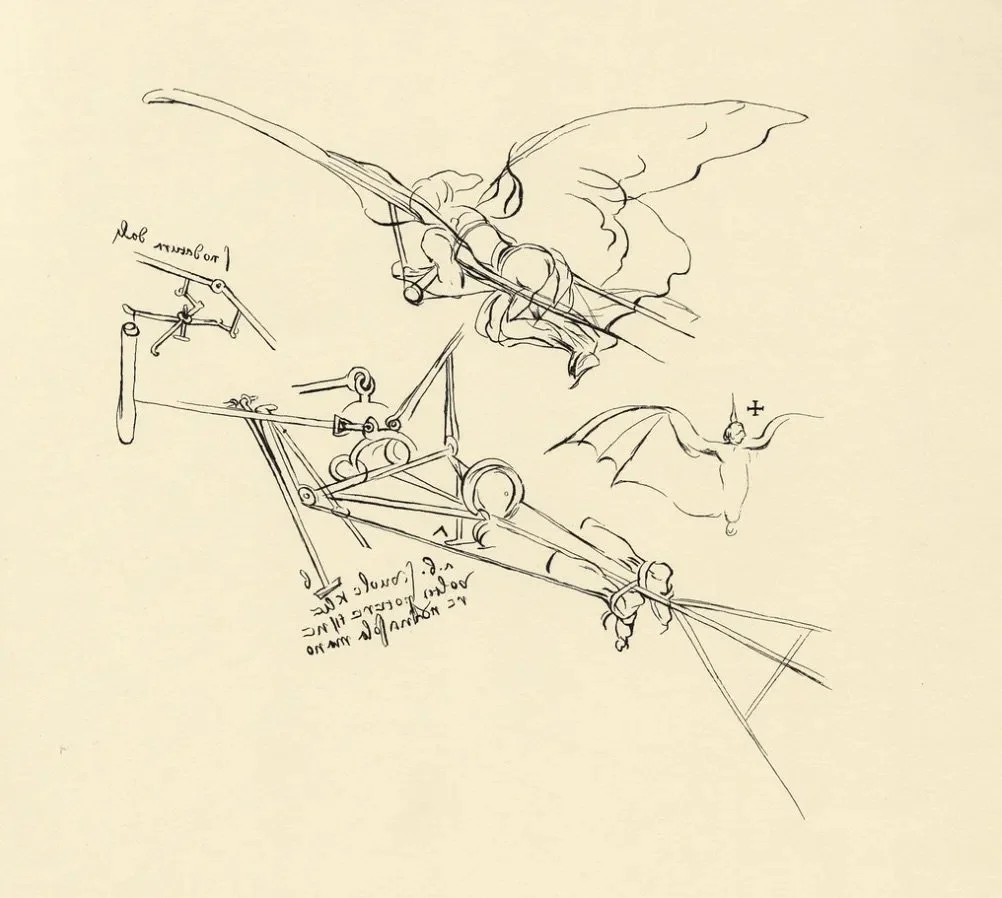Owning the Creative Process
Observe, act, fail, learn and try, try again.
As human beings, we are wired for creativity. Yet many of us struggle to tap into our creative potential.
However, the creative process is something that we all engage with regularly, whether we realize it or not. It’s the process we use when manifesting ideas, solving problems, and facing down challenges.
Creativity is essential to generating positive change both within ourselves and around us. It’s how we reach that sacred state of art (and maybe produce some state-of-the-art results in the process).
Remember in my first letter, I wrote about how I think of art as a state—a place just beyond the here and now that we can access if we are willing to put in the work?
Often I say, “The creative process feels like the closest thing to having a conversation with God.”
What I mean by that isn’t anything dogmatic. Rather, what I find is that when you start working on anything, inspiration arrives. That inspiration becomes part of the conversation, almost like it has its own voice. It guides you and moulds your interaction and progression with the idea, problem, or challenge you’re working on.
I’ve heard a lot of people throughout my life say things like “I’m not creative” or “I’m not artistic,” and I get the sentiment, but I refuse to give it any credit—creativity is simply part of our existence; it’s how we adapt and evolve. We all have it, but some of us aren’t aware we have it.
But Courtney, you’re an artist, creativity comes easily to you.
Sure—but that’s because I’ve developed my creative abilities, like a muscle. The only thing I seemed to be born with was a deep urge to create order from chaos—I grew up in a busy house with a large family and non-stop action. Chaos was the norm there, and I sought peace, that is my nature.
In regards to art, we didn’t have art classes at school because it had been defunded from our public schools. I didn’t take a single art class until I was 18. And there’s a reason why I yield to finger painting these days! Sure, I can do some traditional-style art—over time, I’ve learned how to work with various mediums and picked up a few techniques—but they’re just a bag of tricks. None of them—in and of themselves—magically render creative output. They’re just objects and tools.
Creativity comes from putting in the work.
And frankly, even after going through an art program at university, I don’t think my creativity started developing properly until I was in a professional working environment—faced with ever expanding responsibilities—where my actions and decisions mattered more than ever.
My creativity was borne from cycles of observation, action, failure, learning and trying again. And that’s something all of us are capable of.
The truth is that getting started is the most difficult part of any important task. If you struggle to get started with your tasks, your creative energy will not get the spark it needs to keep you moving—but if you can get going, sure enough, you’ll find some momentum, and before you know it, inspiration has arrived and your creative flywheel starts spinning.
So, for the rest of this letter, I want to share some tips for developing your creative muscles so that getting started feels less like work and more like an invitation to have creativity join you in your work. I’m going to take you on a little walk back in time to see how the genius Leonardo da Vinci practiced the creative process, and interject with some more modern tips and ideas on how to own this process for yourself.
Observe
Study the science of art. Study the art of science. Develop your senses—especially learn how to see. Realize that everything connects with everything else.
—Leonardo da Vinci
Everyone has seen Leonardo da Vinci’s sketch books by now. I hope. Considered a genius and a creative polymath, da Vinci has been noted for his innovations in art, engineering, architecture, and science.
Da Vinci was a keen observer; his sketch books are filled with detailed drawings, schematics, and notes about the things he was focused on at the time. From the mechanics of a bird in flight to the Vitruvian Man, da Vinci was able to imagine and create because of his ability to understand the world and how it worked—and he understood the world and how it worked through observation.
Before you get started on anything, take some time to observe.
When I say “observe”, I simply mean to study, to find out—to look, to see, to understand. It’s how da Vinci understood the mechanics of a bird in flight—not because he watched a few birds fly or asked someone “How do birds fly?”; but because he watched hundreds of birds not just flying, but also walking, hopping, and nesting—he even dissected birds to help him develop his understanding of their physiology.
"12 Da Vinci" by Smithsonian_Institution is licensed under CC BY-NC-ND 2.0.
For me, observation takes many forms. We’re so fortunate to live in an age where we can learn about anything, anytime, from anywhere (thanks to the internet). So, if you're starting something new, look for information that will assist and inspire you along the way.
For example, I’m in the middle of some home renovations. As I begin each new project, I take in as much information about it as I can. Currently, I have a small tiling project ahead of me that I’m excited about and want to be sure I do it properly, so I’ve looked at tons of photos of tile work, been to tile shops, spoken to a some knowledgeable people, watched a few YouTube videos (on tile types, how to lay tile, cut tile, etc.), and read the manufacturer’s package instructions for using tile adhesive and grout.
Observation means you are taking in information and observing something about the world to inform and inspire how you will take action.
Tips for being a keen observer
Good news: You don’t have to be a creative polymath to be a great observer. You don’t even have to sketch. And please don’t dissect animals.
Here’s what you can do instead:
Have a couple of dedicated, go-to spots to keep notes and information.
As you take in new and useful information, drop it in your go-to spots.
When you're online, it could be as simple as bookmarking something or using your computer's Notes app to copy and paste a link, a screenshot, and some comments.
When speaking to people, you might need to jot something down soon after so you don’t forget.
Do not get too precious about this! The entire “note-taking” industry is filled with neat little templates and techniques for keeping notes and journals in ways that, in my opinion, are totally unnatural! You are human; it’s ok to be messy—just call it “organic” and feel good about yourself.
And no, as brilliant as you may be, your mind is made for taking in information and having ideas, not for holding on to them (thank you, David Allen). So, seriously… Just get it out of your brain and into a place you can easily come back to when the time is right.
How I practice observation:
Personally, I love the plain and simple Notes app on my iPhone. It syncs perfectly across my other devices, and it’s a great spot for capturing things on the fly, whether it’s something cool I saw or learned, an idea I had, or a reference someone shared with me.
I also keep a couple of paper note books going at a time and often use voice memos if I have an idea that comes to me when I’m not in a good spot to write it down (e.g., hiking up the side of a hill).
And know that finding yourself in odd places where it’s not really convenient to sit down and write notes or capture ideas is the norm, not the exception. Inspiration doesn’t wait for you to carve out the time and space to sit next to a sunny window with a cup of tea. It will come to you while you’re walking the dog, shopping, talking to a friend at a party, etc. Your responsibility as a creative person is to make sure you’ve armed yourself with the tools to capture those precious ideas and inspirations as they emerge.
The important thing is to always be observing, learning, and capturing.
And it’s ok if it is messy. You’ll find time to organize your notes when you need to.
And as you practice observing and taking notes, it will become a habit, and you’ll hardly have to think about doing it.
Take Action
Observation alone doesn’t achieve anything. Leonardo da Vinci didn’t work out the mechanics of birds flying by observation alone; he also conducted experiments to help him nail down the intricacies. Each experiment was fed by observation, so he would develop a hypothesis (e.g., if feathers are arranged this way, they will be aerodynamic), create a model, and then test it.
He learned by doing—by taking action and then iterating on that action until he achieved synchronicity between what he observed (how birds fly) and what he created (a machine that could fly).
This is the process. He observed, and then he took action; and through action, more learning and inspiration came to him. Just like it would for any scientist, designer, or engineer testing a hypothesis. Or like it would for any artist starting to add brush strokes to a canvas.
Going back to my tiling project example, I know I’ll learn more once I get started on the process of cutting and laying tile. I’ve never cut tile, so I’ll do a few test cuts to find what works for me. I know that there are always things, with any project or task, that don’t necessarily bear out in the observation phase—life has many mysteries, and often information is incomplete for any number of reasons, and we all have our own blind spots (we don’t know what we don’t know). But despite that, I know that by cutting that tile and getting it down (by engaging with the process), my creative inspiration will arise, and either I’ll learn quickly and get into a flow with the project—or I’ll hit a road-block and learn something.
It’s useful to remind yourself up front that whatever you’re doing is an experiment—it might fail, and that’s OK. In fact, it’s good because it gives you a chance to learn or pivot to a better solution.
Tips for taking action
Fear not: Bird feathers and wind tunnels are not required.
The first step is simply getting started. You’ve observed—you’ve gained information and knowledge on the thing you need to do—and with that information, you can now pull together the materials you need to do your task.
Trust yourself. Have faith in your abilities.
I’m including this here because I know many of us have had negative comments or abuse thrown our way, and I know how much that can hurt us and stunt our abilities to perform. No matter what anyone has said about you in the past, you are creative, you are capable, and if you’ve been practicing observation, taking notes, and learning—you can damn well do the work you need to do. You can figure it out.
If you’re doing something new, approach your task with a beginner’s mindset.
This doesn’t mean you won’t get the result you desire—you may well surprise yourself with brilliant results—but don’t pressure yourself to be impeccable. Just focus on the task, engage with the process, and let it guide you like you’re learning something new. Be open and adapt as you go along.
Do not be afraid to stop, pause, or step away.
Sometimes we get started on something and realize maybe something isn’t quite right, we’ve missed something, or its just not working the way we expected. It’s okay to stop.
If you do need to stop; first, just pause and take a step back. Often, if I’m stuck on a project, I’ll leave the room or go for a short walk and then come back to look at my work with fresh eyes. And often, that’s enough to get me going again.
Sometimes, your experiment will fail, and that’s ok too! Let it fail. Pack it up, ask more questions, gather more information or materials, and come back to it again later.
How I practice taking action:
Something that’s always resonated with me is the Nike slogan, “Just do it.” Because, at the end of the day, I know life is short, and the last thing I want is to come to the end of my life feeling regret because I didn’t do all of the things I could have done.
And it doesn’t mean that I take action indiscriminately; I am really discerning about where I spend my time and energy because, again, I know that my time and energy on this planet is finite—they will eventually expire.
This means that focus is really important for me, because I’m someone who is energetic and I get curious and excited about all the new and novel things going on around me. But knowing that I have limited time (and limited resources) motivates me to focus my actions in areas where I know I can have a meaningful impact.
Of course, sometimes I have to take action on things I don’t really want to do, but the process is no different. In fact, when faced with something I don’t want to do, I double down on observation to make sure I have all the facts before I start, so that I increase my chances of the action getting done properly and swiftly so I can forget about it.
No matter what, just do it.
Fail, learn, and try again
I work in tech, and one of our little mantras is “fail forward.” And what that means is that we should approach our work without the fear of failing, because that failure only gets us closer to success.
Da Vinci, despite his glowing reputation as a creative genius, also failed a lot. Despite developing a deep understanding of the mechanics of flight, his own attempts at building a flying machine failed in the end. But he didn’t let that stop him from continuing to learn and innovate. In fact, he was able to use his knowledge of birds in flight to develop some state-of-the-art (at the time) props for theatre that had audiences fooled into thinking that he had, in fact, mastered flight. In tech, we call that a pivot. He pivoted from creating flying machines to creating flying props.
You, too, can pivot. You can adapt and be agile. Adaptability is part of our nature as humans. It’s a gift we all have.
Tips for failing, learning, and trying again
When you fail, take those learnings back into your observation. Note them down or find new information that will help you come unstuck.
The great thing about failing is that it sharpens you. You’ll come out of that failure with better questions and a sharper sense of what you need to know, acquire, or do in order to achieve success.
How I practice turning failure into learning:
I won’t lie; it stinks when something doesn’t go the way I wanted. But typically, what I’ll do is take a step back, or a few steps back, and reassess. Yes, there have been times where I’ve had to destroy what I’d done before starting over again. It's not fun, but it's ultimately worthwhile.
And it’s gotten easier as I’ve practiced. Now that I’ve spent many years really honing in on my ability to focus, take action, and engage with the process—whenever I fail now, I just think, “Hey, you did everything right; you tried, and it didn’t work; but now you are wiser than you were when you started. Go do something else for now. Come back to this later.”
Creativity is like a muscle; with practice and repetition, you’ll strengthen it; and I can assure you that if you practice and surrender yourself to this process, you will make yourself proud. It feels so good when you continually show up for your creative self, take action and make an impact. And the rewards are huge—not only do you win, but so do those around you. Win and help others win.
If you’ve read this far, thank you. I appreciate you being here, it means a lot.
If you enjoyed this, please share it with your friends! I’ll write again in a couple of weeks with more insights on the state of the art. Until then—just do it.
And then do it again.
Want to see what I’ve been working on? Follow me on Instagram and subscribe to my Substack to stay up to date.


